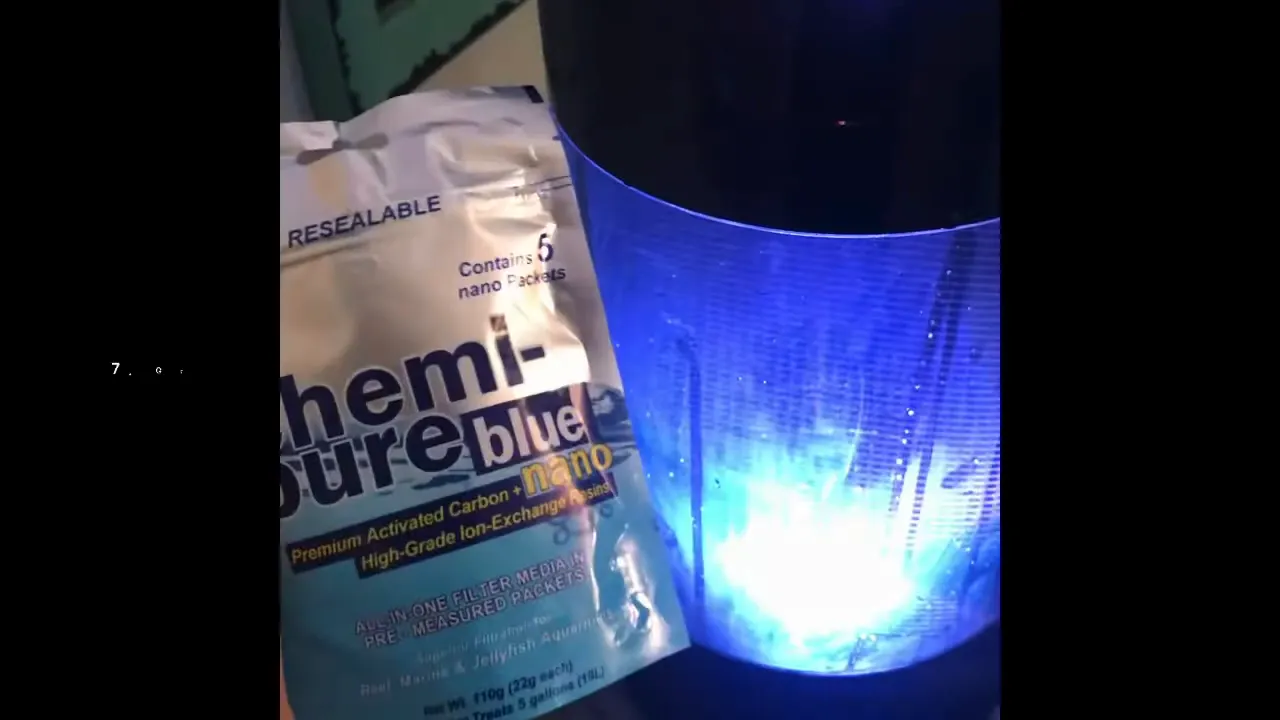10 sec reads
- Begin by unplugging the electrical charging port to ensure safety while cleaning your fake jellyfish tank.
- Carefully remove the silicone jellyfish from the tank and set them aside.
- Inspect the tank for cracks, scratches, or any damage that may require repair before proceeding.
- Use a soft cloth dampened with dish soap to wipe down the interior and exterior surfaces of the tank, paying close attention to crevices where algae may accumulate.
- For stubborn algae buildup, gently scrub with a sponge or soft brush, being mindful not to scratch the tank.
- Utilize a siphon or gravel vacuum to remove debris from the bottom of the tank and ensure proper maintenance of the filtration system.
- Check the motor and filtration system for any blockages or signs of wear, and clean as necessary.
- Use a wooden toothpick to carefully dislodge any debris stuck in hard-to-reach areas or around the charging port.
- If there is a noticeable odor, consider rinsing the tank with a solution of water and vinegar to neutralize smells.
- For a thorough cleaning, use an air compressor with a nozzle attachment to blow out dust and dirt from the tank’s crevices.
- After cleaning, rinse the tank thoroughly with clean water to remove any soap residue.
- Allow the tank to air dry completely before reassembling and reintroducing the silicone jellyfish.
- Before plugging in the electrical charging port, ensure that all components are dry to prevent damage.
- Periodically inspect the tank for algae growth and repeat cleaning as needed to maintain optimal conditions for your faux aquatic pets.
- Enjoy the serene ambiance of your freshly cleaned fake jellyfish tank!
nextweb??



You can use an acrylic-friendly brush and a pipette for removing debris and uneaten food. Over time, if not cleaned, ammonia and nitrates can build up in the tank, which can be harmful to your jellyfish, leading to a drop in water quality. White vinegar can be used for cleaning the tank, as it is safe and effective for removing algae and other residues without harming your jellyfish.
It’s important to note that while you can add fake jellyfish to a fish tank without harming the fish, real jellyfish require specific conditions. The water can become cloudy if not cleaned regularly, which can lead to bacteria infestations. In their natural habitat, jellyfish can dry out and die if they wash up on the beach, but in an aquarium setting, poor water quality and unsuitable conditions can lead to similar outcomes.